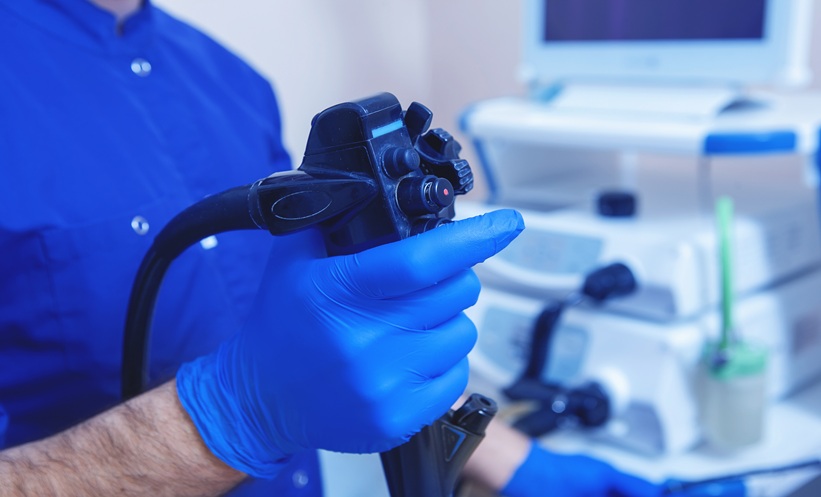MICROBIOTA from stool samples of patients with nonalcoholic fatty liver disease (NAFLD) may be used to predict which individuals are at greatest risk for cirrhosis. Distinctions between stool microbiome have been determined by a team of researchers at the University of California San Diego School of Medicine, San Diego, California, USA.
NAFLD is a progressive disease which may lead to cirrhosis, liver cancer, liver failure, and even death, and is the leading cause of chronic liver disease, affecting 25% of people globally. An investigation into the microorganisms of faecal matter and the gastrointestinal tract in patients with NAFLD shed light on the differences in individuals’ microbiome; the results indicated a potential to predict patients with increased risk for cirrhosis. Prof Rohit Loomba, senior author and professor of medicine in the Division of Gastroenterology at the University of California San Diego School of Medicine, stated that: “such a diagnostic tool is urgently needed.”
In this study, data were considered from 163 patients with NAFLD-cirrhosis, first-degree relatives of patients, and a control group. This novel study included participant data from cohorts in Italy and China: “[This was] one of the first studies to show such a robust external validation of a gut microbiome-based signature across ethnicities and geographically distinct cohorts.” The scientists combined metagenomic signatures with the ages of participants and recorded serum albumin levels. With these combined data, cause of disease and geography allowed for accurate determination of cirrhosis between patients. Prof Loomba commented on the significance of the results: “The findings represent the possibility of creating an accurate, stool microbiome-based, non-invasive test to identify patients at greatest risk for cirrhosis.”
Prof Loomba and colleagues posited that further research would include establishing causality between gut microbial species and metabolites and their association with cirrhosis, and implementation of the diagnostic tool in a large-scale, clinical setting.








